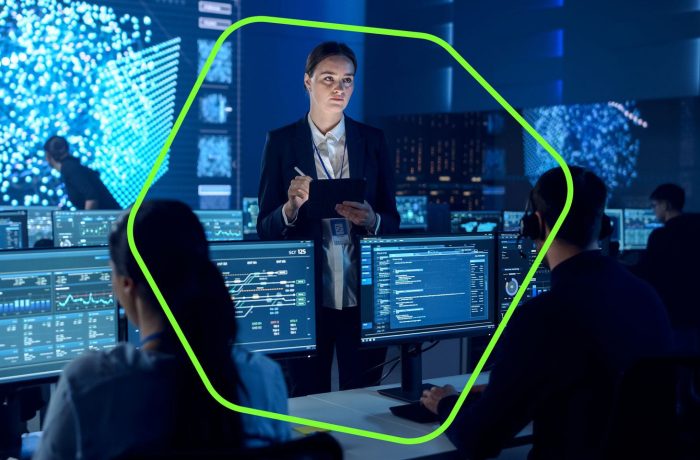
CVE-2024-43451 and other reasons to update ASAP
Exploitation of vulnerability CVE-2024-43451 allows an attacker to steal an NTLMv2 hash with minimal interaction from the victim.
1276 articles

Exploitation of vulnerability CVE-2024-43451 allows an attacker to steal an NTLMv2 hash with minimal interaction from the victim.

Analyzing incidents and drawing lessons from them should be an integral part of the incident response process. This can help improve the overall security level of a company.

Discontinuing mandatory password rotations, banning outdated MFA methods, and other updates in the NIST SP 800-63 standards for digital account authentication and management.

Rules for detecting atypical behavior in container infrastructure at the data collection stage, and other updates to our SIEM system.

Hackers continue to target developers: during a fake job interview, they ask “potential employees” to run a script from GitHub that hides a backdoor.

We share our experience on the optimal use of AI models in the SOC of our Kaspersky MDR service.

AI has dozens of applications in cybersecurity. Which ones are the most effective?

Phishers have adopted another trick: they send emails pretending to be from Docusign with a fake link to a document that the recipient must sign.

Why international standards are important, and how Kaspersky contributes to IoT standardization.

Why cybersecurity in education is critical, and how to protect schools from attacks.

We explore the root causes of the talent crisis in the cybersecurity industry and look for possible solutions.

Two fresh papers on the art of data exfiltration in scenarios where it seems utterly impossible.

This phishing campaign incorporates ghost spoofing, embedded text in images, a PDF file, a QR code, DocuSign imitation, and Cloudflare verification — yet it still completely misses the mark.

Our developments, products, research, patents and expert teams harnessed for AI.

An Office 365 security alert as bait in a phishing email.

Where and why quantum-resistant cryptography has already been implemented, and what compatibility issues it caused.

The U.S. National Institute of Standards and Technology (NIST) has issued the first post-quantum encryption standards — FIPS 203, FIPS 204, and FIPS 205.

A paper from Uruguayan scientists lays out a highly technical and impractical method of spying on computer monitors.


Detection of techniques for disabling or modifying a local firewall, and other enhancements to the Kaspersky Unified Monitoring and Analysis Platform.

Windows Downdate is an attack that can roll back updates to your OS to reintroduce vulnerabilities and allow attackers to take full control of your system. How to mitigate the risk?